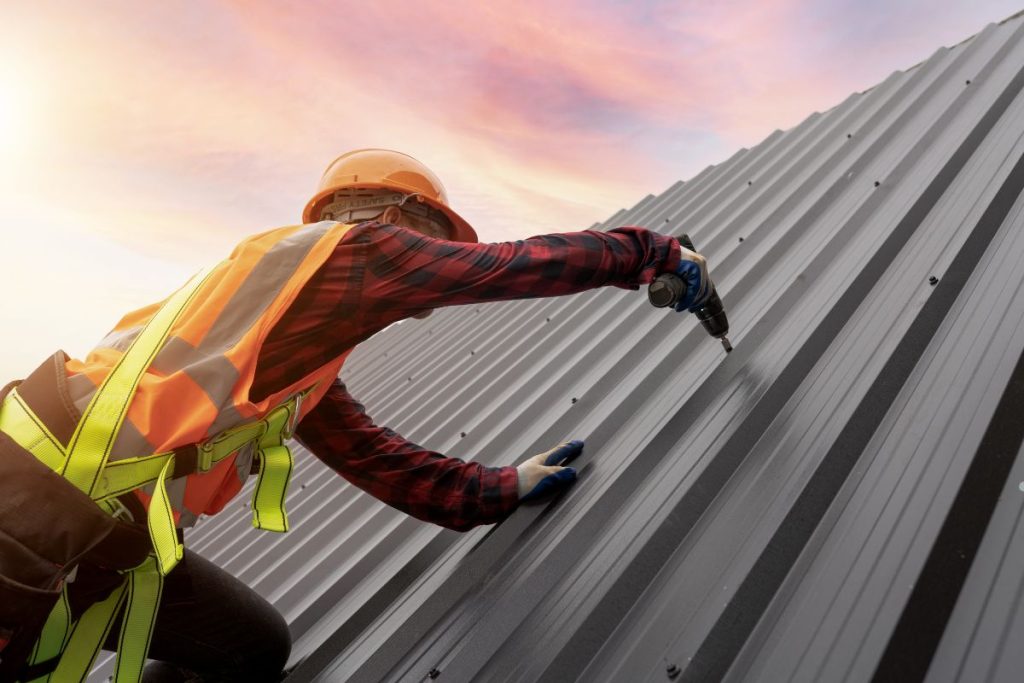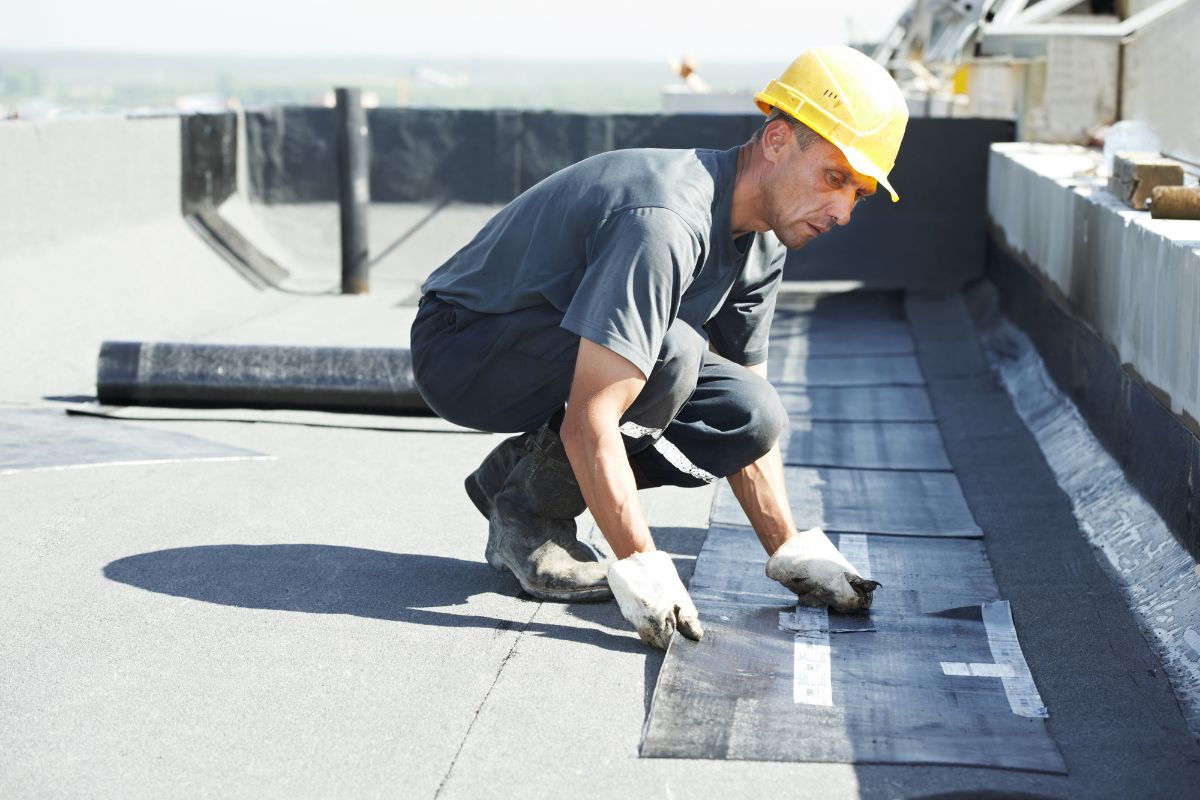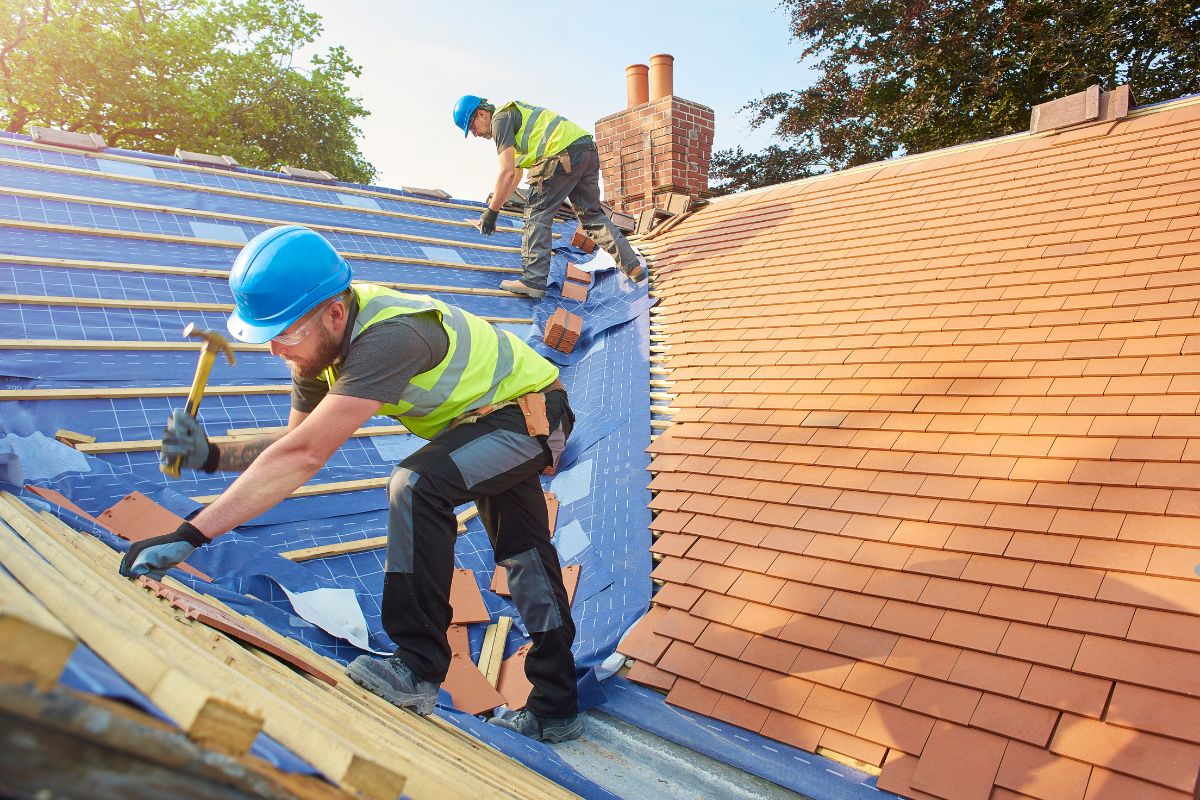
A perfect roof protects your home, enhances its curb appeal, and saves you money in the long run. This comprehensive guide provides a step-by-step checklist for ensuring your roof’s longevity and optimal performance. From regular inspections to proactive maintenance and timely repairs, we’ll cover everything you need to know. Keep reading, and you’ll be well on your way to a perfect roof!
Why Roof Maintenance Matters

Your roof is your home’s primary defense against the elements – rain, snow, sun, wind, and more. Regular roof maintenance is crucial for preventing costly repairs, extending the lifespan of your roof, and safeguarding your home’s structural integrity. Neglecting your roof can lead to leaks, water damage, mold growth, and even structural collapse. A proactive approach to roof care is an investment that pays off in the long run. By addressing minor issues early on, you can prevent them from escalating into major problems that require expensive repairs or even a complete roof replacement. Remember, a well-maintained roof not only protects your home but also enhances its curb appeal and overall value. Explore our roofing services.
Roof Inspection Checklist
Regular roof inspections are essential for identifying potential problems before they become major headaches. This checklist will guide you through the process of visually inspecting your roof, both from the ground and (safely, if possible) on the roof. Remember, safety is paramount.
Worried about inspecting your roof yourself? Call us today for a professional and thorough roof inspection!
Exterior Inspection
Start by visually inspecting your roof from the ground using binoculars. Look for the following:
- Missing, cracked, or curled shingles: These are signs of wear and tear and can compromise your roof’s ability to protect your home.
- Granule loss: Granules protect the shingles from UV damage. Excessive granule loss indicates that the shingles are nearing the end of their lifespan.
- Sagging: Sagging indicates structural problems and requires immediate attention.
- Damaged flashing: Flashing is the metal material around chimneys, vents, and skylights. Damaged flashing can lead to leaks and cause significant water damage if not addressed promptly. Learn more about skylight services.
- Moss or algae growth: Moss and algae can trap moisture and damage the shingles.
Interior Inspection
Next, inspect your attic for signs of leaks and water damage. Look for:
- Water stains on the ceiling or walls: These are a clear indication of a roof leak.
- Mold or mildew growth: Mold and mildew thrive in damp environments and can be a sign of a hidden leak.
- Dripping water: Obvious, but important to check for during or after rain.
- Dark spots or discoloration: These can indicate water damage.
If you notice any of these signs, it’s crucial to address the issue promptly to prevent further damage.
Proactive Roof Maintenance Tasks
In addition to regular inspections, performing proactive maintenance tasks can help extend the life of your roof and prevent costly repairs. These tasks are generally easy to do yourself, but if you’re uncomfortable or unsure, don’t hesitate to call a professional.
Cleaning Your Roof
Cleaning your roof removes debris, moss, and algae, preventing damage and extending its lifespan. Use a soft brush or broom to gently remove loose debris. For moss and algae, consider using a specialized roof cleaner. Never use a pressure washer, as it can damage the shingles.
Maintaining your roof is crucial for the longevity of your home. Call us and one of our experts can give you the best advice.
Gutter Cleaning and Maintenance
Clean gutters are essential for proper water drainage. Clogged gutters can cause water to back up onto the roof, leading to leaks and water damage. Clean your gutters at least twice a year, or more often if you have trees nearby. Be sure to remove all leaves, twigs, and other debris. Check for leaks and repair any damaged sections.
Trimming Overhanging Branches
Overhanging branches can damage your roof in several ways. Falling limbs can break shingles, and debris can accumulate on the roof and in the gutters. Trim overhanging branches regularly to prevent damage.
Identifying and Addressing Roof Damage
Even with regular maintenance, roof damage can still occur. Identifying and addressing roof damage promptly is crucial for preventing further problems. While some minor repairs can be done yourself,
Shingle Repair and Replacement
Damaged or missing shingles should be repaired or replaced as soon as possible. If only a few shingles are damaged, you may be able to replace them yourself. However, if the damage is extensive, it’s best to call a professional.
Leak Detection and Repair
Roof leaks can cause significant damage to your home. If you suspect a roof leak, try to locate the source. In the attic, look for water stains or dripping water. On the roof, check for damaged or missing shingles, damaged flashing, or cracks around vents and chimneys. While you can attempt a temporary repair,
Flashing Inspection and Repair
Flashing is a crucial component of your roof, as it prevents water from entering around chimneys, vents, and skylights. Inspect your flashing regularly for damage, such as cracks, rust, or loose seams. If you find any damage, it’s essential to repair or replace the flashing promptly. This is often a job best left to a professional.
Choosing the Right Roofing Materials

When it comes time to replace your roof, selecting the right roofing materials is a critical decision that impacts your home’s aesthetics, durability, and value. Here’s a guide to help you navigate the options.
Different Types of Roofing Materials
There are several types of roofing materials available, each with its own advantages and disadvantages:
- Asphalt Shingles: The most common and affordable option, asphalt shingles are available in a variety of colors and styles.
- Metal Roofing: Durable and long-lasting, metal roofing is a great option for homes in areas with harsh weather conditions.
- Tile Roofing: Tile roofing is a beautiful and durable option that can last for many years.
- Wood Shakes: Wood shakes offer a rustic and natural look, but require more maintenance than other materials.
Factors to Consider When Choosing Materials
When choosing roofing materials, consider the following factors:
- Climate: The climate in your area will affect the type of roofing material that is best suited for your home.
- Cost: Roofing materials vary in price, so it’s important to choose a material that fits your budget.
- Durability: Choose a roofing material that is durable and long-lasting.
- Aesthetics: The roofing material should complement the style of your home.
When to Call a Roofing Professional
While some roof maintenance and minor repairs can be done yourself, there are situations where it’s essential for a qualified roofing professional. These include:
- Complex repairs: Repairs that involve structural damage or require specialized tools and knowledge.
- Extensive damage: If your roof has suffered significant damage, such as from a storm or falling tree, it’s best to call a professional.
- Lack of experience: If you’re not comfortable working on your roof or lack the necessary experience, it’s always best to hire a professional.
- Roof replacement: Replacing a roof is a complex and dangerous job that should always be done by a professional.
Understanding Roofing Costs
Understanding the factors that influence roofing costs can help you budget effectively and avoid surprises. Roofing costs vary depending on several factors, including:
- Materials: The type of roofing material you choose will significantly impact the cost.
- Labor: Labor costs vary depending on the complexity of the job and the location.
- Location: Roofing costs can vary depending on your geographic location.
- Roof Size and Complexity: Larger and more complex roofs will naturally cost more.
Frequently Asked Questions (FAQs)
Here are answers to some common questions about roof maintenance, repair, and replacement.
How often should I inspect my roof?
At least twice a year, and after any major storm.
How long does a typical roof last?
Varies depending on material, but generally 20-50 years.
What are the signs of a roof leak?
Water stains on ceilings, mold, dripping water, etc.
Protecting Your Home with a Healthy Roof
A healthy roof is essential for protecting your home and investment. By following this comprehensive checklist and taking a proactive approach to roof maintenance, you can extend the lifespan of your roof, prevent costly repairs, and ensure the safety and comfort of your home. Don’t wait until a problem arises – start taking care of your roof today!
Ready to ensure your roof is in top condition? Contact us now for a free consultation and estimate!”

